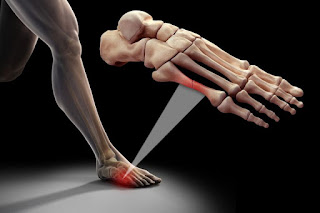LUIS SUAREZ. INJURIES AND SANCTIONS REMOVE HIM FROM 50% OF THE COMPETITION

During the last 6 years, and according to the information published by Transfermarket, Luis Suarez was without activity with his club due to sports injuries for 329 days (1 year in total). Considering that its average "Market Value" in the time studied is approximately 70 million Euros (Approximately 400 million Euros the sum of its Market Value in 6 years), we can infer that the club invested approximately 60 million Euros ( 15% of the total) for recovery time from injuries. https://www.spandrelanalytics.com/post/luis-suarez-injuries-and-sanctions-remove-him-from-50-of-the-competition





